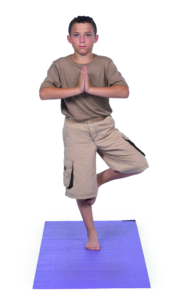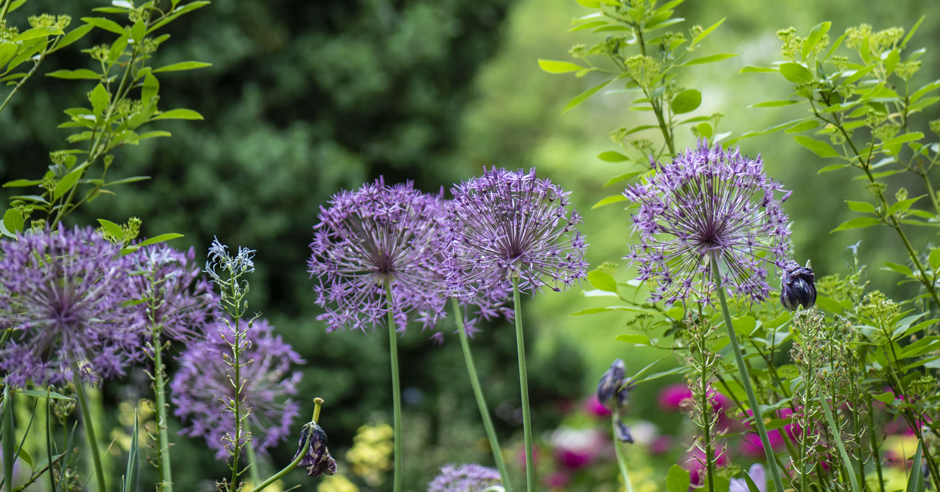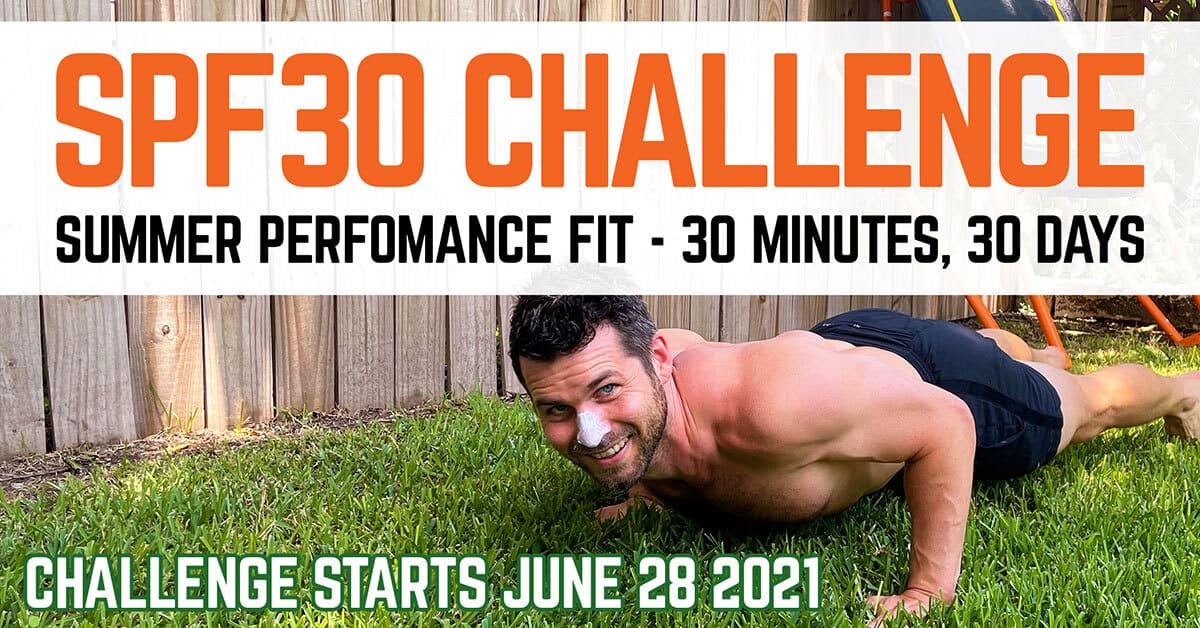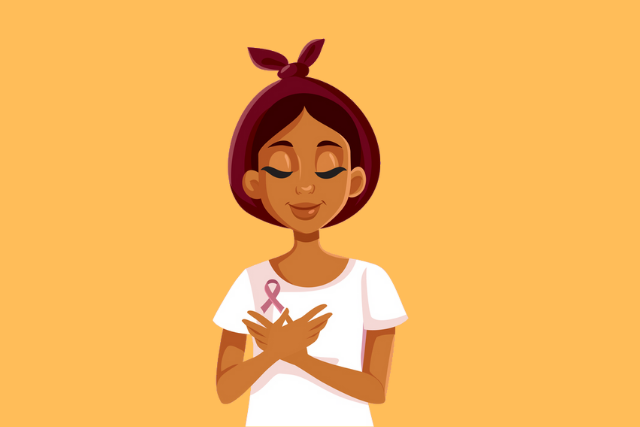Mindfulness Principles: Strength
The first three Yoga Calm Principles covered in this series – Stillness, Listening, and Grounding – establish some basic tools for self-regulation. They also lay the foundation for the next Principle we’ll explore: Strength. Strength is more than just...
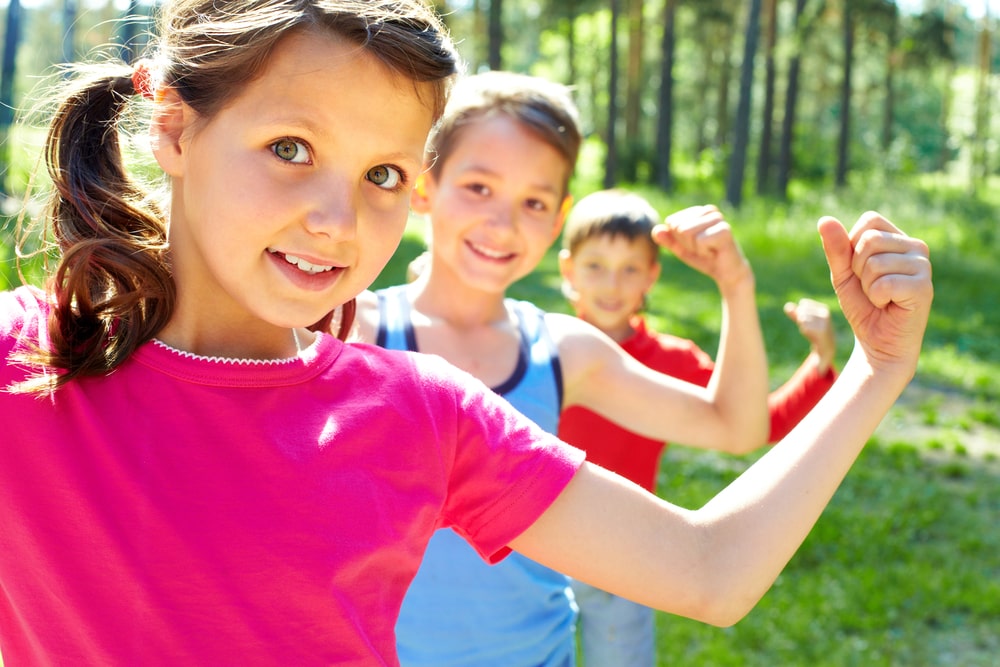
The first three Yoga Calm Principles covered in this series – Stillness, Listening, and Grounding – establish some basic tools for self-regulation. They also lay the foundation for the next Principle we’ll explore: Strength.
Strength is more than just muscle power, of course, although improved physical fitness is often a goal when implementing Yoga Calm. The yoga poses see to that.
But mental and emotional strength are equally, if not more, important, and as the body becomes physically stronger, students’ sense of self is likewise strengthened. They feel safer. They feel less vulnerable. Their confidence grows. They become more able to participate in the world around them.
Building Physical, Mental, & Emotional Strength Simultaneously
Physical strength doesn’t come from forcing the body to comply beyond its capabilities but challenging the body in a reasonable manner. We encourage kids to push themselves while also listening to their physical limits and tuning into their emotions and mental processes through the yoga poses and flows.
In this way, physical strength develops organically with emotional and cognitive awareness. The first three Principles are thus put to work in various combinations so they, along with Strength, can be reinforced.
This is the kind of practice that transforms head-knowledge into heart-knowledge, helping make the social-emotional skills we aim to nurture into second nature. It’s what noted psychologist Angela Duckworth has referred to as “grit.”
Emotional Strength in Action
Georgia offers a great example of emotional strength in action. She was a sixth-grader at a school where I worked as a counselor. She had been diagnosed with bipolar disorder, was highly sensitive, and often had a hard time at recess. Some students found her an easy target and thought it was fun to try to set her off.
One day, I came into my office to find Georgia standing in a balance pose, concentrating on the words I’d posted in big, bold letters on a bulletin board in front of her: “I am strong. I am in control. I can do it. I can be responsible.”
When I asked what she was doing, she told me that she’d had some trouble at recess and was using the words and yoga to get herself back in control. She held the pose for a few minutes before returning to the schoolyard.
“Thanks, Mrs. Gillen,” she said as she walked out the door. “I use those words all the time.”
Learning the kind of positive self-talk like Georgia had used teaches kids to focus on their abilities. It helps keep them from being overwhelmed by fear and insecurities. By giving children some go-to statements they can use to do this, they can build upon them, discovering more words that remind them of their strength in the face of fear, anger, or worry.
This is reinforced by the guided relaxations we recommend for the end of all extended Yoga Calm sessions. Students get further practice in focusing their thoughts and using positive images to help them move forward toward greater health and success. What’s more, as they develop a stronger sense of themselves and their own images and ideas, they’re less persuaded by negative models in their environment.
By using positive self-talk while in the poses, kids practicing Yoga Calm start to develop their own mental strength – strength that helps them both in the classroom and beyond. Frankly, I’ve lost count of the number of kids who have told me about using “I am strong” or similar positive self-talk regularly – in PE, during tests, at the doctor’s office, and other stressful situations.
Developing the Courage to Feel – & to Express Those Feelings
With better physical and mental control, students often develop the courage to express their emotions and the discipline to process the feelings that arise. Both teacher and peer modeling of healthy emotional expression are essential to this process, as Jeremy’s story illustrates.
Jeremy had a problem with shutting down whenever he felt a task he’d been presented with was just too hard. He’d lock up, refuse to do anything – much to the dismay of his parents and teachers. Sometimes, it seemed almost impossible to help him get back on track.
From his first day in yoga, it was clear that Jeremy was scared of doing the wrong thing and being criticized, so I moved him into practice very slowly. When he locked up, I let him simply lie on his mat and watch the others. He could come in and out of the poses as he felt ready. I shared “I am strong” language with him.
One day during a very active flow, Jeremy looked totally frustrated and angry. At one point, he plopped down on his mat with a defeated look. “Don’t give into the voice inside that wants you to quit,” I reminded him.
He looked at me very sternly and said, “I’m not giving up, Mrs. Gillen. I’m sitting down to get my anger under control. I’m trying to tell myself those words you taught me.”
A few minutes later, he stood up and joined in the practice again. I noticed how strong and confident his yoga now seemed. He had really broken through something. I complimented him on all the strength he had shown.
Talking after class, he told me how he had started to think about his brother, who was in a different foster care situation than his own. “People told me that I might never see him again,” Jeremy said. “That made me angry. But then I told myself that it doesn’t matter what anyone else says. I will always love my brother, and someday, I’ll find a way to see him again. I know he loves and misses me, too.”
Here, you can see how all three aspects of Strength come together – physical (the yoga), mental (positive self-talk and self-regulation), and emotional (expressing and processing feelings). You may even see some glimmers of the final Yoga Calm principle – and the focus of our final post in this series: Community.
Learning is easier when we feel supported and safe, connected with others who care about us and our well-being. And we feel our Strength when we connect with and care for others.
Adapted from Yoga Calm for Children

 JaneWalter
JaneWalter 
